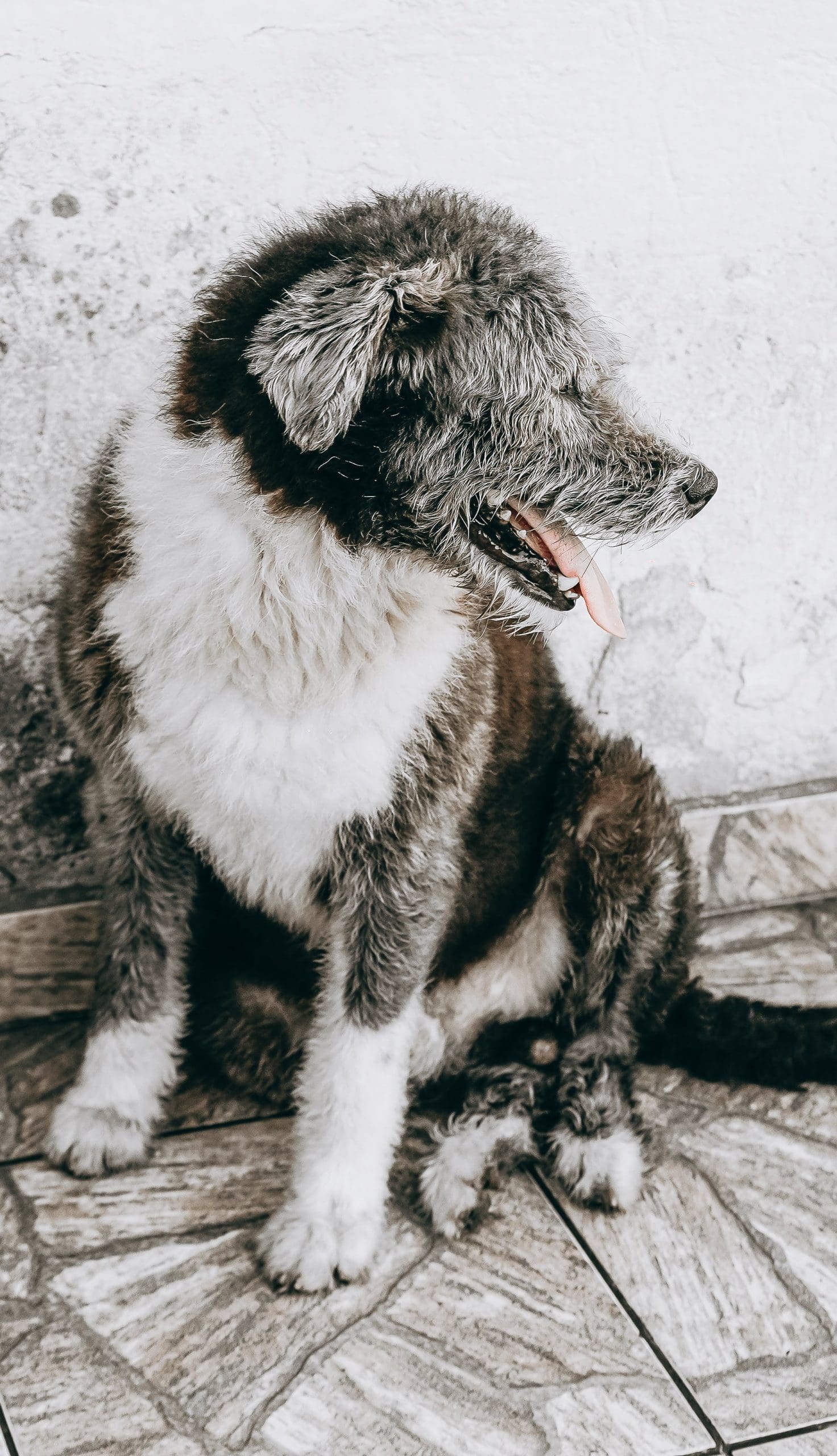Drawing a dog can be a delightful experience for both beginners and seasoned artists. If you’ve ever wanted to capture the essence of our furry friends on paper, this post is for you. Dogs come in various shapes and sizes, but with a few basic techniques, you can learn how to draw a simple dog that conveys their playful spirit and loving nature.
Gather Your Materials
Start by gathering your materials: a pencil, eraser, and paper. If you wish, colored pencils or markers can bring your drawing to life once you have the basic outline. Don’t worry about having fancy art supplies; even a regular pencil and notebook will work just fine.
Observe the Dog
Before you begin, take a moment to observe a dog, whether it’s your pet or a picture from the internet. Notice the shapes that make up their body. Dogs generally consist of basic geometric shapes: circles, ovals, and rectangles. Breaking down the dog’s form into these shapes helps create a more accurate representation.
Start with the Head
Begin with the head. Draw a circle for the head, and then add a slightly smaller oval shape below it for the snout. This gives your dog a defined face. Add two small triangles on top of the circle for ears. Depending on the breed you wish to draw, adjust the shape of these ears—some dogs have floppy ears, while others have pointed ears.
Create the Body
Next, focus on the body. Draw a larger oval shape connected to the head, representing the dog’s torso. Add four lines extending from the body to represent the legs. For a simple dog, keep the legs straight or slightly bent. At the end of each leg, add small ovals for the paws.
Refine Your Drawing
Once the basic shapes are in place, refine your drawing. Use your pencil to gently outline the features of the dog. For the eyes, draw two small circles on the head, placing them just above the snout. Add a little sparkle by leaving a small white circle to represent the reflection of light. Draw a small oval at the tip of the snout for the nose and add a line for the mouth that curves upward for a friendly expression.
Add the Tail
Don’t forget the tail! Depending on the breed, the tail can be long and fluffy or short and straight. Draw a simple line extending from the back of the body and give it some curve to indicate movement. A wagging tail often suggests a happy dog, so let it express joy.
Include Details
Now that you have the basic outline of your dog, add some details. Create a coat pattern by drawing small lines or shapes on the body to mimic fur. If you’re feeling creative, add accessories like a collar or a bandana. These small details can make your drawing unique and personal.
Ink and Clean Up
Once you are satisfied with your pencil drawing, go over it with a pen or darker pencil. This step helps define the lines and makes your dog stand out. Take your time; enhancing the overall look of your artwork is essential. After the ink dries, gently erase any leftover pencil marks to clean up your drawing.
Bring Your Drawing to Life with Color
Add color to your drawing. Use colored pencils or markers to fill in the dog’s fur, eyes, and any accessories you’ve added. Pay attention to the colors you choose; many dogs have multi-colored fur, so blend different shades for a more realistic effect.
Embrace the Process
Practice makes perfect. Don’t be discouraged if your first attempt doesn’t turn out as expected. Every artist has their own style, and drawing is a personal expression. The more you practice, the more confident you will become in your abilities.
Share Your Artwork
Sharing your artwork can be rewarding. Display it on social media or share it with friends and family to bring joy to others. You might even inspire someone else to pick up a pencil and try their hand at drawing.
Explore Different Breeds
To enhance your skills, explore different dog breeds. Each breed has unique characteristics, and studying these can improve your drawing technique. For example, drawing a Dachshund requires a different approach than drawing a Great Dane. Experimenting with various breeds deepens your understanding of dog anatomy.
Enjoy the Therapeutic Benefits
Drawing can be therapeutic, allowing you to focus your mind and express your creativity. Many find that engaging in art reduces stress and anxiety. Whenever you feel overwhelmed, take a moment to sit down with your drawing materials and sketch a simple dog.
Connect with Others
Connecting with other dog lovers enriches your experience. Join local art classes or online communities where you can share your work, seek feedback, and learn from others. Engaging with fellow artists and dog enthusiasts can provide motivation and inspiration.
Learning how to draw a simple dog is a fulfilling journey. Embrace your personal style, enjoy the act of drawing, and let your imagination flow. Your love for dogs will shine through in your artwork, and this activity can bring a smile to your face and those around you. So grab your pencil and paper, and start drawing. The joy of bringing a simple dog to life on paper is a rewarding experience that anyone can enjoy.

